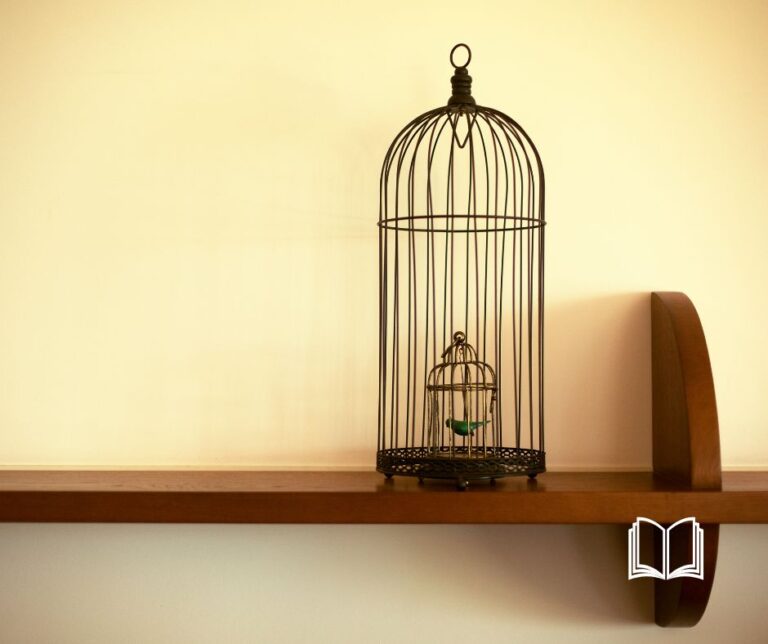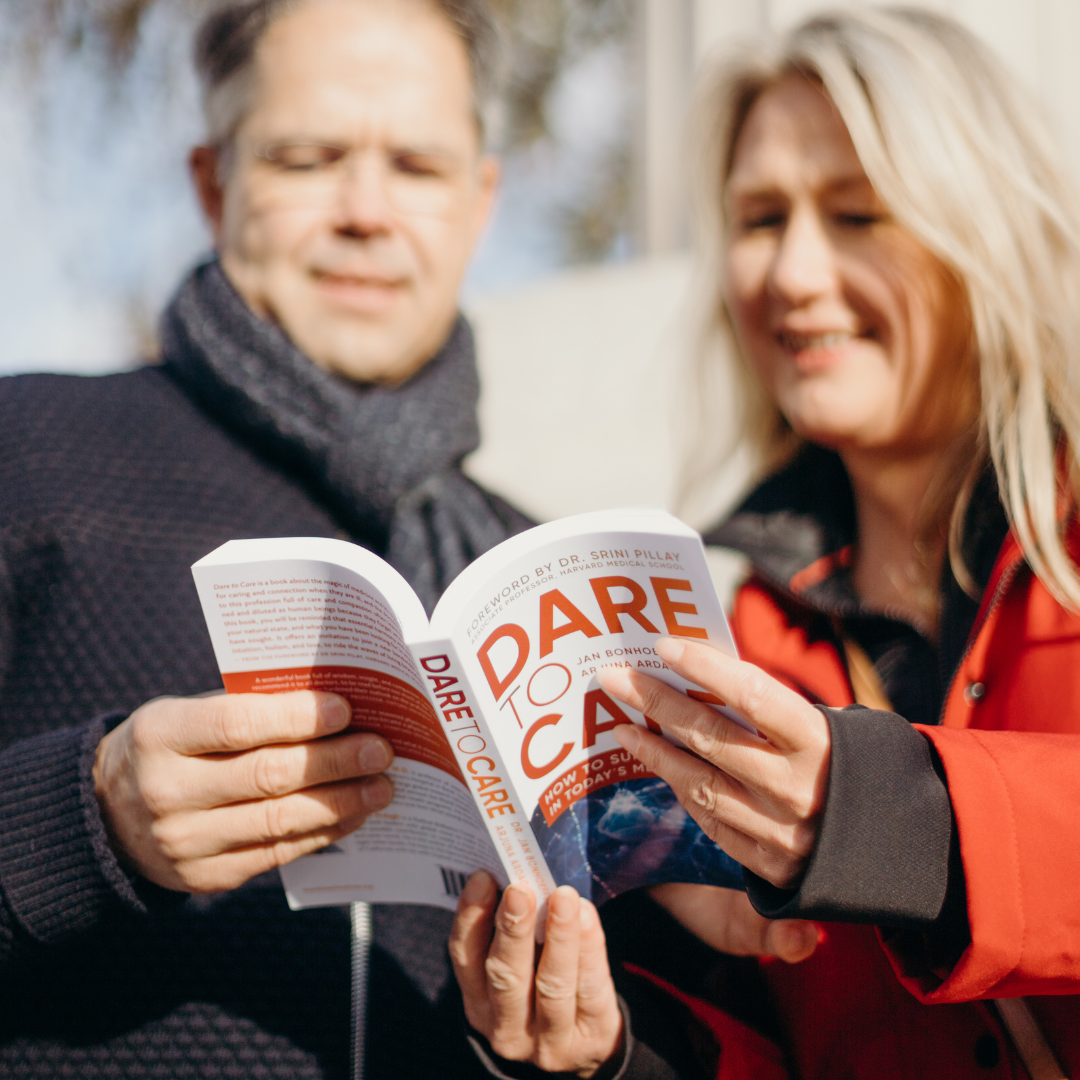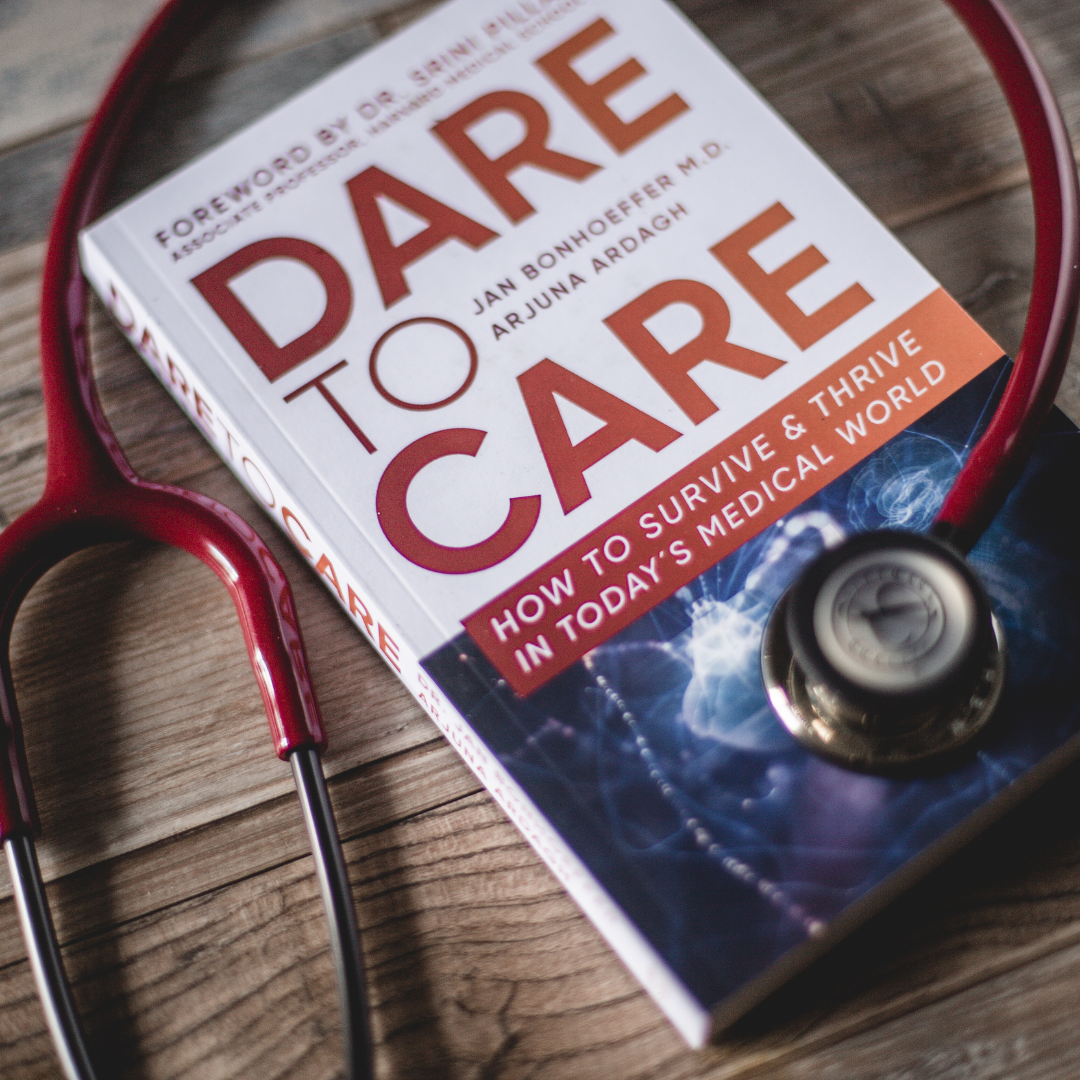A family, who had been sitting in the corner of the waiting room, all stood up together. The father was tall, with short gray hair, and a three day beard. His wide open eyes conveyed a simple warmth. The mother was shorter than her husband, wearing leather boots, stylish jeans and a nice blouse, dressed as though she might have come directly from an administrative job in an office. Peter, their son, was close to 2 meters tall, with a very strong broad back. He was probably 95 kilos, wearing black jeans and a green hoodie. He reminded me of a Canadian ice hockey player, with strong arms, strong legs, and a chiselled clean-cut face.
As they walked towards me, I realized that Peter’s little sister had been hidden behind him. She looked about nine years old, with brown hair cascading onto her shoulders. She was strong for her age, with long arms, and long slim fingers, like a pianist.
Stephanie’s face was covered in tears, such that her hair was stuck to her face.
Her eyes were full of fear. She glanced briefly at me, and then right again looked away at the floor. Immediately, my heart shrank. I crouched down, so our eyes were at the same level.
“Hey, Steffi,” I said, “What is going on with you? I’m so sorry. Here, let’s go into my office and you can tell me all about it.”
Once we got settled in my office, Steffi didn’t want anything to do with it. She sat on her father’s lap, and hid her face in his shoulder. I spoke to both the parents. “How are you all doing?” I asked. “Previously, you saw my colleague. This is my first time meeting your family.”
“Oh, we are all just fine,” the mother replied. “We are here for the third injection of the encephalitis vaccine, but Steffi has a sore throat and a headache and joint pain, and she feels really bad today. We were wondering if this is the right time to give the injection?” “Probably not,” I said. “How long has she been sick?” “Just a few days,” the mother replied. “She’s been sleeping badly. In fact, we are all very sleep deprived right now.” “Steffi,” I said, turning to the little girl.
“I get the sense there might be something else going on?”
She shook her head and hid her face again. “I was wondering, do you have any concerns about the immunization we were planning today?”
“Well,” said the girl very shyly, still not looking out from buried into her father’s chest, “Perhaps just a little bit.” Behind her, her father, mother and brother were all nodding vigorously, as if to say “Yep, doctor, you nailed it. That is precisely why she’s crying.” “Okay, Steffi,” I said. “Let’s do this. Today we are not going to do anything. We will leave you in peace to get better.”
At this point, Steffi started to speak freely. “I really have a bad headache, doctor. My throat is so so sore, I feel so weak, and I can’t get to sleep. I want to go home to bed now.”
“I do have a question, doctor,” her mother said. “She has had quite a high fever. One day it went to 40°. Some people tell us we should lower the temperature with medicine, and other people say it is good. What is really true?”
“It’s good that you ask. Almost always, fever is a good thing. It’s something that the body does to fight disease. Fever on its own is really not dangerous. We simply have to know the cause of the fever. In this case, it seems that it is primarily a cold, and I’m not worried about it. We want to be able to hold a space for the fever to do its work. And to go through this as a valuable experience. Steffi, when you feel kind of shaky and that everything hurts, the best medicine is to let your mommy hold you and cuddle you and protect you. I’m going to write a prescription for you to sit on mommy’s lap as much as possible, or cuddle up in the bed together.”
I turned to Steffi’s mother again. “This is one of the most beautiful and fundamental experiences that you can give your child. When she feels down, to know that there is somebody there to hold her, to support her, to love her and take care of her, so that she knows she is not alone.
This may be fundamentally much more healing than to lower the fever by taking a tablet.
Now Steffi turned towards me, and I saw an openness and trust in her eyes. I recommended a little ointment to rub on her chest for her cough, and then we talked about eucalyptus oil, and where it comes from, and that it smells quite nice. “Next time, when you feel much better, it would be a good time to catch up on your immunizations. Tickborne encephalitis is a big thing here in Switzerland. For athletic girls like you who like to go out in the woods, it’s a good idea to be protected.” She nodded, solemnly. It was clear that she was not very enthusiastic.
“This is the first time I have seen you as a patient,” I reminded her. “We have not met before. Please, give me a moment to check through your medical history. I turned to the computer screen, and started scrolling through notes from previous office visits.
“How strange,” I said, looking back at her. “I don’t see any record here of whether or not you are proficient in magic.”
Steffi suddenly sat up straight from her father’s lap, and looked at me with big eyes. “What?” She asked. I looked back at the screen and continued scrolling. “It’s very strange, I’m looking through all the notes and I don’t see any record of whether or not you are able to perform magic tricks.” “Of course not,” she said. “Well,” I said, “Are you absolutely sure? Since there’s nothing in the notes, you may be a magician and not know it.” “I don’t think so,” she said.
“Would you like to learn how to perform magic tricks?” I asked her, with the look of a somber and serious doctor. She frowned at me, unsure if I was joking or not. “If you like,” I went on, like this was standard office visit protocol, “I could show you some magic tricks next time you come in. But only if you’re really interested, of course.” “What kind of tricks?” she asked. “Well,” I said, “I see that you’re concerned about immunizations. You don’t like injections. There is a very particular magic trick that can help with that. It’s a spell that you can cast, so that you don’t feel any pain.” “That’s not possible,” she said confidently. “Oh yes,” I corrected her, “Actually it is. You will see. I will show you next time, if you are sincerely interested. I poised my pen above a form on the desk.
“Should I make a note here that next time, before we do the immunization, I should teach you to cast a spell to make the pain go away?”
Now Steffi was looking quite bright and excited. She nodded firmly.
“Okay,” I smiled closing her file. “I will see to it.” We immunized her brother that day, with Steffi watching. For him, it was not a big deal at all. She watched with curiosity. “You see,” I said. “It was fine for him, and you can learn to have exactly the same thing too. With the right spell.” “What will I have to do to cast a spell to make the pain go away?” she asked me, cautiously. “That is an important part of becoming a magician,” I explained.
“You have to develop the patience to wait until the right time to learn the trick.”
Steffi left the office looking quite happy, holding her father’s hand. All of the family was laughing together now. Sure enough, a week later they all came back. “Okay,” I said, “Are you ready to learn the trick?” She nodded very enthusiastically. She was quite keen. Her cough was all gone and she had no more fever. “Alright,” I said. “Do you see this little pinwheel here?” I held up a pinwheel. “When you blow on it, it starts to spin. Try it.” She did as I suggested. “We have several different kinds here in the office. They are very carefully color coded, according to their effect. I went over to a cupboard, and came back with three different pinwheels, of different colors.
“You need to be very very careful, because this is powerful magic. Make sure you choose wisely.
As you can see, there are three different colors of pinwheels: Blue, red, and silver. You have to choose which experience you want to create when you have the immunization. If you blow the red pinwheel, the injection will be very painful. Some people prefer that. If you want it to be just mildly painful, you can choose the silver one. And then, if you’d like to have no pain at all, you can choose the blue one. Which experience would you like to have? Steffi did not hesitate.
“I would like the blue one please. I don’t want to feel anything.”
“Alright,” I said. “Then we are ready to cast the spell. Please focus all your attention on this blue pinwheel. The harder you blow, the less you will feel. Try it now.” She started to blow. “All right, you need to blow a little bit harder. That’s right, a little bit harder. Blow harder. Even harder.” By now she was blowing with all her might. As she was causing the pinwheel to rotate at high speed with her breath, I casually disinfected her arm. She was blowing, blowing, blowing. I performed the injection. Then I said to her, “Alright, you can stop blowing now, well done.” I put a little Band-Aid on the site of injection. Steffi looked at me in amazement. She did not understand. How is it possible that she had just had an injection, her absolutely worst nightmare in the whole world, and she didn’t feel anything at all? The family thanked me, and we completed our office visit.
*
Something like this happens very often in my work as a heart-based pediatric physician.
I love to give children the experience, early on in life, that they are fully in control of the healing process.
Steffi had been viewing an immunization injection through the lens of fear. By asking her a question about magic, it helped her to detach from this story. I showed her that there was a possibility to learn, to take responsibility for her own state. And to become an active participant, rather than a victim of the experience. This was the first step for her in learning to take an active part in taking care of her health.
She learned that day that pain is an evaluation of an experience, and that she has full control over the evaluation she places on things.
Also, by offering her a choice of three different pinwheels, she realized that she had the capacity to influence the situation. It was empowering; it put her in the drivers seat, allowing her to choose the level of pain she wanted. By blowing very hard, it activated her energy, and put her attention on something else rather than the sensation of the injection in her arm. As a doctor, it is always my intention to perform the duties I have been trained in at medical school, but also to encourage my patients, of all ages, to practice magic.
The story above is based on personal experiences. Places and names are fictional.











